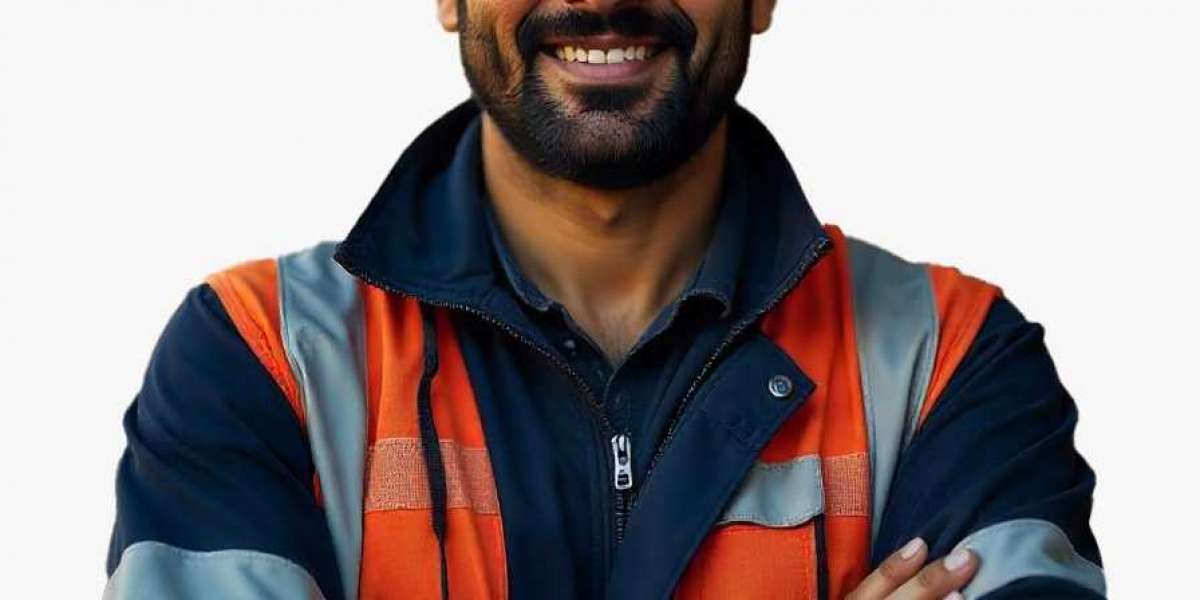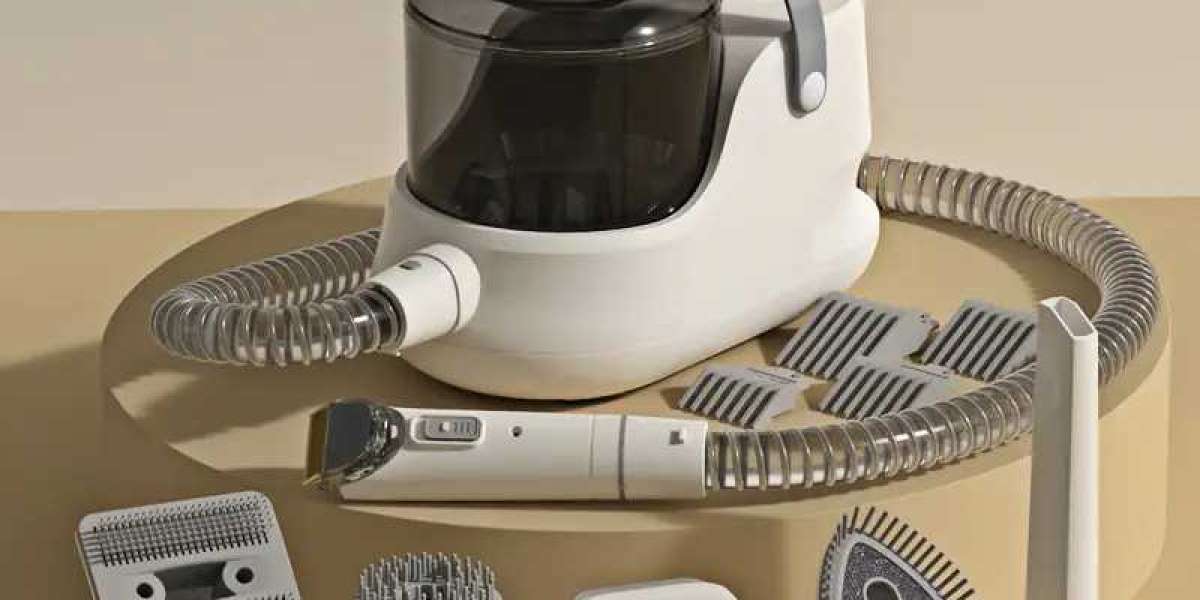Confined spaces remain some of the most dangerous environments in the workplace. Tanks, silos, sewers, pipelines, and underground vaults all qualify as confined spaces—and each poses risks such as oxygen deficiency, toxic gases, fire hazards, or restricted escape routes. To keep workers safe, inspections are not optional; they are essential.
A structured inspection process identifies hazards, ensures compliance, and confirms that protective measures are in place before workers enter. Professionals who pursue safety training—often comparing IOSH Course fees and programs—quickly learn that proper inspection of confined spaces is the foundation of workplace safety.
This guide explores the why, what, and how of confined space inspections, providing practical checklists, real-world examples, and best practices for safety officers and organizations.
Why Confined Space Inspections Are Essential
Unlike open work areas, confined spaces can change from safe to deadly within minutes. Regular inspections are critical for several reasons:
- Hazard Identification – Detect risks such as gas leaks, flammable vapors, or unstable structures.
- Regulatory Compliance – Meet occupational safety laws and industry standards.
- Worker Safety – Protect employees from preventable accidents.
- Emergency Preparedness – Confirm rescue procedures are documented and practical.
- Equipment Verification – Ensure PPE and monitoring devices are working correctly.
By formalizing inspections, companies create a culture where safety is prioritized over speed.
Key Stages of Confined Space Inspection
Inspections are not a single step; they form a continuous process that starts before entry and continues until the task is complete.
1. Pre-Entry Inspection
Before workers enter, safety officers must inspect:
- Atmospheric conditions using calibrated gas detectors.
- Physical integrity of ladders, walkways, and entry points.
- Lighting and ventilation systems.
- Availability of rescue equipment like tripods, harnesses, and winches.
- Entry permits and documentation for accuracy and completeness.
2. During-Work Inspection
While the work is ongoing:
- Continuously monitor oxygen and toxic gas levels.
- Inspect PPE (respirators, harnesses) for ongoing functionality.
- Check communication lines between workers and standby officers.
- Watch for any sudden changes in conditions such as flooding, leaks, or fire hazards.
3. Post-Work Inspection
After the job is complete:
- Verify all workers have exited safely.
- Conduct a headcount using logbooks.
- Document incidents or near misses for future learning.
- Inspect tools and equipment before storage.
This three-stage inspection cycle ensures safety from entry to exit.
Common Hazards Detected During Inspections
Safety officers commonly identify the following hazards during confined space inspections:
- Atmospheric Hazards – Low oxygen (19.5%), toxic gases (H₂S, CO), or flammable vapors.
- Physical Hazards – Slippery surfaces, sharp objects, unstable flooring.
- Biological Hazards – Presence of bacteria or mold in sewers or tanks.
- Mechanical Hazards – Moving equipment, agitators, or valves.
- Temperature Extremes – Excessive heat or cold affecting worker health.
By documenting these hazards, organizations can plan controls before sending workers inside.
Tools and Equipment for Confined Space Inspections
Inspections require the right tools to ensure reliability. Below is a quick reference table:
Equipment | Purpose | Notes |
Gas Detector | Measure oxygen, toxic gases, and flammable vapors | Must be calibrated before use |
Ventilation Fans | Improve air circulation | Continuous operation required |
Thermal Camera | Detect temperature changes | Useful in hot environments |
Harness Lifeline | Safety for workers | Must connect to secure anchor |
Communication Devices | Ensure contact with standby staff | Radios or intercoms recommended |
Documentation in Confined Space Inspections
Documentation supports accountability and compliance. Essential records include:
- Confined Space Entry Permit – Authorizes work with safety approvals.
- Risk Assessment Report – Identifies hazards and control measures.
- Gas Testing Records – Logs of atmospheric testing before and during entry.
- PPE Checklists – Confirms equipment is inspected and in working order.
- Training Records – Proof of worker competency.
- Emergency and Rescue Plans – Written steps for crisis management.
Accurate records don’t just satisfy regulators—they save lives.
Real-World Example of Confined Space Inspection
At a manufacturing plant, workers needed to repair a storage tank. Pre-entry inspection revealed oxygen levels at 18%, below safe limits. Thanks to the inspection process, work was delayed until ventilation systems restored oxygen to safe levels.
Without inspection, the team would have been exposed to suffocation risks. This example highlights why inspections must never be skipped or rushed.
Best Practices for Confined Space Inspections
To maximize effectiveness, safety officers should adopt these best practices:
- Use standardized checklists for every inspection.
- Train all personnel on inspection procedures, not just supervisors.
- Review inspection records regularly for recurring hazards.
- Conduct surprise audits to ensure compliance.
- Update rescue plans after every inspection to reflect lessons learned.
By making inspections routine and thorough, organizations create safer workplaces.
Linking Training and Confined Space Inspections
Inspection skills are best developed through professional training. Safety programs such as IOSH certifications emphasize risk assessment, hazard control, and inspection protocols.
Many professionals evaluate IOSH Course duration and fee before enrolling, but the real return on investment lies in the knowledge gained. Trained personnel can conduct inspections more effectively, interpret gas readings correctly, and respond confidently during emergencies.
Common Mistakes in Confined Space Inspections
Even trained teams sometimes overlook critical details. Common errors include:
- Failing to calibrate gas detectors before use.
- Skipping documentation because of time pressure.
- Neglecting PPE checks for small tasks.
- Poor communication between inside workers and standby personnel.
- Not updating rescue plans after changes in the work environment.
Avoiding these mistakes requires discipline, proper training, and management support.
How Inspections Build a Safer Workplace
Regular inspections demonstrate that safety is non-negotiable. Workers feel more confident knowing risks are addressed, while employers benefit from:
- Reduced accident rates.
- Lower insurance and compensation costs.
- Stronger compliance with labor laws.
- Improved company reputation.
Ultimately, inspections are a long-term investment in worker well-being and organizational success.
Taking the Next Step
If your workplace involves confined space operations, strengthen safety by prioritizing inspections and training. A qualified workforce ensures inspections are not just checkboxes but meaningful safety practices.
Before enrolling, many professionals explore the IOSH Course duration and fee to select the right program. Choose a course that equips your team with practical inspection skills, up-to-date compliance knowledge, and the confidence to manage confined space risks effectively.
Conclusion
Confined space inspections are the backbone of workplace safety. From detecting atmospheric hazards to confirming rescue plans, inspections protect lives, reduce risks, and ensure compliance. They are not simply paperwork—they are lifesaving protocols.
For safety officers and workers, professional training provides the knowledge to conduct inspections effectively. While IOSH Course fees may guide training choices, the real value lies in the expertise gained and the lives protected.








